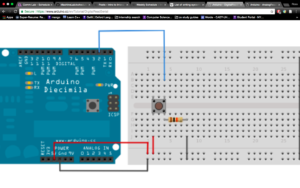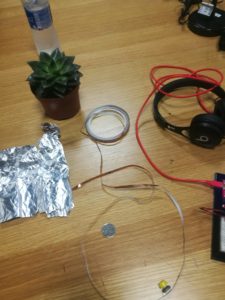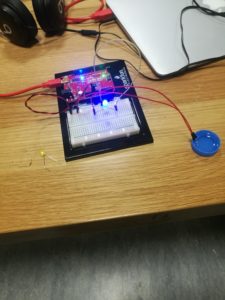In this article, Norman emphasizes that how aesthetics can improve user experience after some people criticize Norman for overlooking the values of aesthetics in design.
I never see the usability and aesthetics at odds. They are both contributing to the overall user experience. After all, it is up to the users to decide whether a design is good or bad. A beautiful car that is broken may be useless, but an ugly car that is functioning may also be very frustrating to the driver. However, the focus should really depends on what kind of product we are talking about. A designer should concern too much about the colour of the drop-down oxygen face mask on airplanes as long as they flow oxygen properly when deployed. However, when it is possible, when do we try to make our product both functionally sound and aesthetically pleasing?





